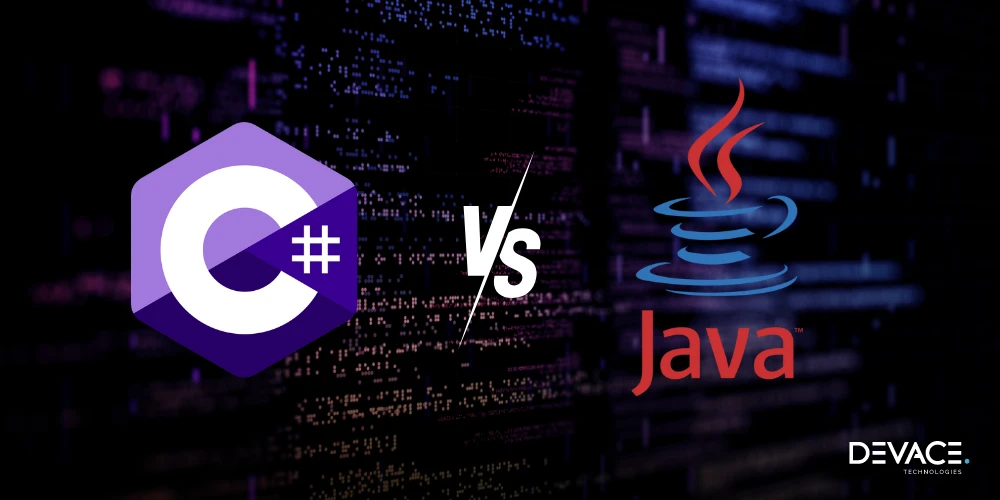Programming languages have come a pretty long way from the days of taking small printouts from massive computers and reading 1s and 0s. What started as cryptic number patterns soon evolved into the human-readable languages like C, Python, and JavaScript that we are so familiar with today. It’s 2025 now and we are finally seeing these languages shift towards being more efficient and readable, but also extremely complex and time-consuming to master.
That’s why, in this article, we’ll show you the top 20 hardest programming languages in use today, from hardest to wildly difficult—an ode to how far technology has evolved.
Let’s get started.
15 Hardest Programming Languages to Learn
The top hardest programming languages include Malbolge, Assembly language, Prolog, C++, Haskell, Rust, and others. Below is a brief description of all.
Malbolge

Suitably named after the eighth circle of Hell in Dante’s Inferno, Malbolge is notorious for its deliberate complexity. Purposely designed to be nearly impossible for those unfamiliar with it to program in, Malboge uses self-altering code and a very confusing notation system. Its perplexing nature makes it the most difficult programming language out there, challenging even the most seasoned programmers, gaining a following only among those who love an impossible challenge.
Malbolge is undoubtedly the hardest programming language to learn, and frankly, it’s neither practical nor widely used. Nonetheless, it remains a very interesting example of how far we humans have come when it comes to programming.
Assembly Language
One of the two true low-level programming languages (the other being Machine), Assembly language allows direct manipulation of hardware resources. That said, being ‘closer to the hardware’ requires an in-depth understanding of the hardware and even the specific instruction set of the processor that’s being used.
Programmers need to manage memory addresses and processor instructions manually, so there’s definitely a steep learning curve—and if that wasn’t hard enough, Assembly Language has a very low tolerance for mistakes, earning its place among the hardest programming languages to learn.
It demands patience and tedious resource management to learn but isn’t as impossible to learn as Malbolge. Despite also being impractical to use, learning Assembly Language offers the unique benefit of letting you understand how higher-level languages work ‘under the hood’, enhancing your overall understanding of computer systems.
Prolog
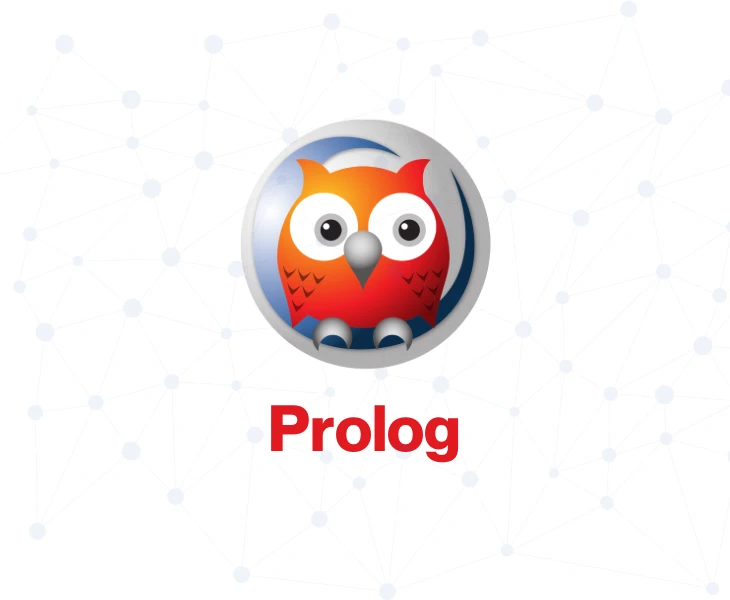
Now here’s the most difficult programming language that belongs to the logic programming paradigm. If you thought the learning curves for other programming languages were steep, the one for Prolog is almost vertical.
That’s because it requires an entire mindset shift beyond just a syntax adjustment: programmers need to think in terms of rules and logic because the system infers its own answers and derives conclusions.
Learning Prolog also means familiarizing yourself with recursive thinking, because problems in Prolog are solved with recursion instead of loops. There is also a backtracking mechanism that searches for solutions automatically. These features make using Prolog limited to artificial intelligence and natural language processing, and due to it also being radically different from other languages, it is rightfully labelled as the hardest programming language to learn for those accustomed to imperative programming.
C++
Another hardest coding language is C++. While being a well-known language, C++ is also pretty challenging to learn, to say the least. It is a multiple-paradigm language that combines object-oriented and generic programming features, so it is highly complex but also offers more power and complexity.
Learning C++ requires a very thorough understanding of computer science concepts like manual memory management and object-oriented programming. Being yet another difficult programming language, it also requires programmers to understand the inner workings ‘under the hood’ of computers, like mastering the concepts of pointers, templates, and operator overloading.
Its highly complex syntax is also a nightmare for beginners, especially if you include the legacy code written in older versions that you need to be aware of. The interactions between the new and older features and versions can lead to unexpected behavior and subtle bugs that make even the most expert programmers feel frustrated while debugging and fixing errors.
Despite its daunting features making it one of the hardest coding languages for beginners and master programmers alike, C++ is and probably will always be a cornerstone in systems/software development and even game programming, thanks to the flexibility and control that it offers.</p>
Haskell
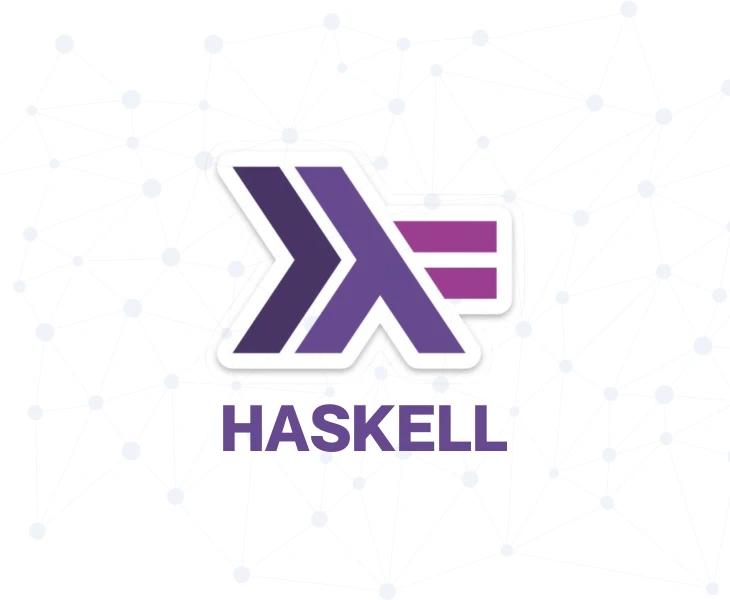
If you’re accustomed to imperative programming and you wonder one day to yourself, ‘what is the hardest programming language?’, the answer wil
l likely be Haskell.
Named after its inventor, Haskell follows a pure functional programming paradigm making it completely different from other languages and thus, more challenging. It involves both mathematical concepts like functors and monads, as well as advanced programming concepts like type inference, pattern matching, definable operators, single assignment, algebraic data types and also recursive functions.
What makes Haskell difficult to learn is its complexity that definitely needs not only a deeper debugging and understanding of compiler errors, but also the need for a in-depth understanding of abstract mathematics to really master it.
Similar to the other hardest programming languages, like C++ and Assembly Language, Haskell is a language that takes patience and practice to fully master. It’s a unique one in the sense that Haskell keeps building on its own concepts that make it harder to grasp right away but proves to be more powerful with time.
Rust
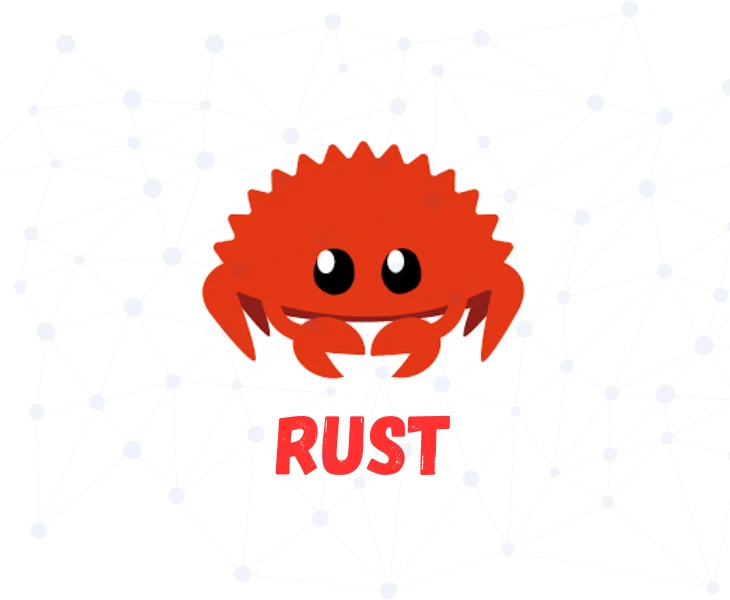
One of the newer difficult programming languages, Rust may look easy on the surface but don’t be fooled by the C-like syntax. It was created by Mozilla in 2010, with safety in mind, when the need arose to replace C++ in the development of the Firefox web browser. Rust introduces completely new and novel concepts and forces you to think about memory allocation.
What makes Rust stand out as one of the hardest programming languages is that it offers memory safety without a garbage collector and introduces new concepts like its ownership and borrowing system.
These features prevent common bugs and errors but on the downside, learners have to adopt a whole new way of thinking about memory management. Rust’s emphasis on safety and concurrency makes it both powerful and one of the hardest coding languages in use, becoming increasingly popular for systems programming and game development.
LISP
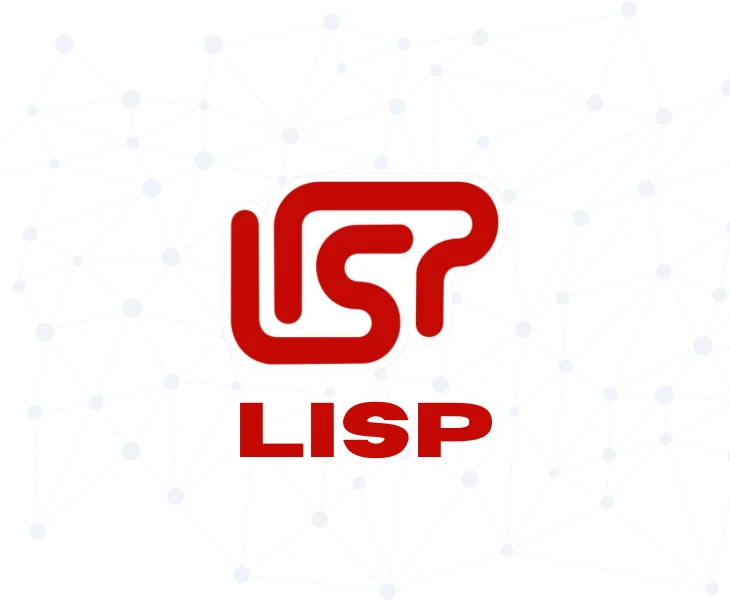
Despite what you’d first think, LISP actually stands for LISt programming. It’s the second oldest and still hardest programming language to learn so don’t be fooled by its simple syntax: it has a unique parenthetical syntax and is a stepping stone for the modern programming languages that we see today, while still being used in higher-level systems and for artificial intelligence today.
McCarthy, its inventor, introduced key concepts like recursion and treating code as data, influencing many modern languages. That’s because LISP was designed with the purpose of seamlessly manipulating data strings in mind. So when a similar code is written in different languages, the LISP program is relatively shorter and runs quicker.
What makes LISP an older, hardest coding language is that while it treats code as data and puts emphasis on recursion, it’s a fragmented language with domain-specific solutions, and getting used to the huge amounts of parentheses in the syntax takes some time.
Scala
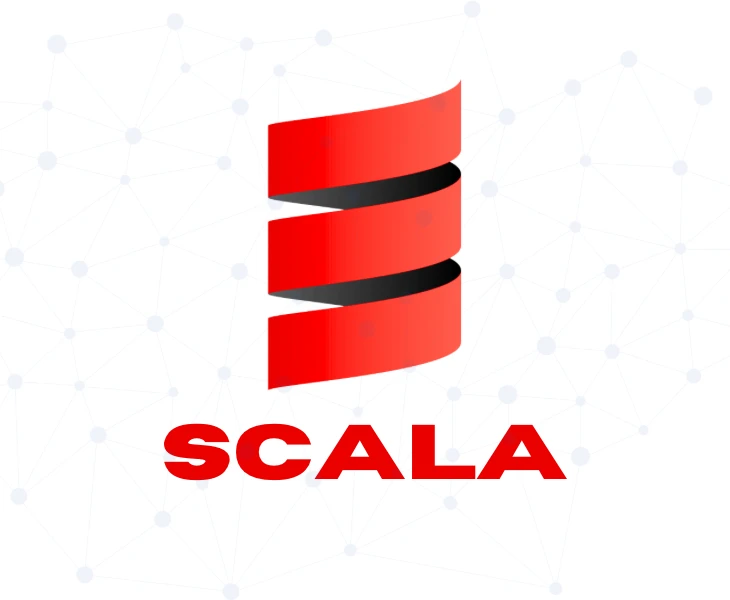
When we talk about what is the hardest coding language that’s also lesser known, it is Scala. Scala is an expressive static language that brings the best of both functional and object-oriented programming.
However, here’s the catch: learning Scala is a double-edged sword. While it offers powerful abstractions and advanced type inference, the learning curve is on the steeper side.
Despite any code generated by Scala being more readable, concise and abstract, it is pretty tough for beginners to understand if they’re more familiar with Java’s predictable code instead. Scala also relies on concepts like concurrency and parallelism, so learners need deep knowledge in order to use these features effectively.
Although Odersky designed Scala back in 2004, this difficult programming language has not gained much traction. It’s not the most practical choice for real-time systems since it’s GC-dependent, but Scala has had more traction in big data processing and distributed computing frameworks like Apache Spark.
Scala is also one of the hardest programming languages because it runs on the JVM, so there’s portability but unfortunately, it introduces more performance challenges when compared to other lower-level languages, posing a problem for beginners.
Perl
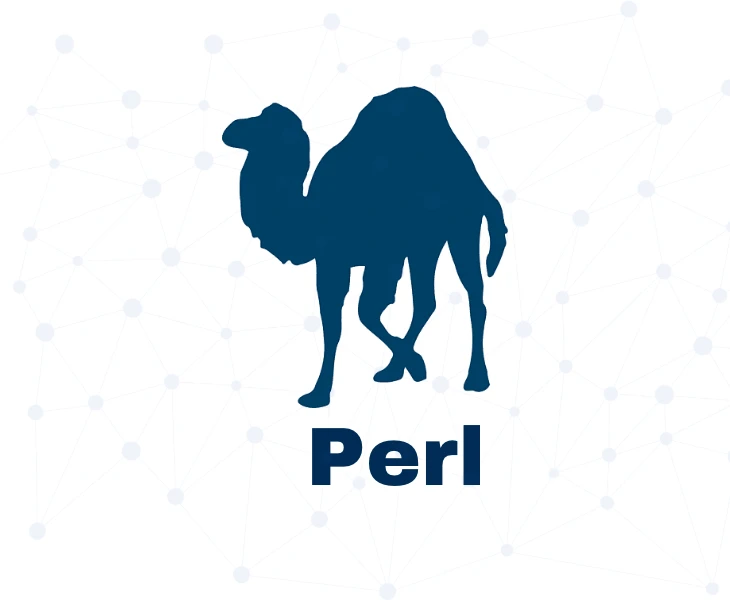
Like Prolog, Perl is also one of the hardest programming languages created by a linguist. Perl is also one of the oldest languages that’s still in use today: Around since the late 1980s, it’s still a big hit with text processing, system administration, and legacy enterprise applications.
It’s highly flexible, versatile and has great scripting capabilities but on the downside it’s harder to learn because of its complex and unreadable syntax. On top of that, it has a lot of depth–so it’s tough to master.
Perl and its different versions provide a programming environment that’s highly pragmatic, meaning there’s ‘more than one way to do it’. The flexibility means there’s a lot of different ways to write a single code. This makes it both a blessing and a curse, which makes it the hardest programming language to learn, if you’re learning it as a first language.
Erlang
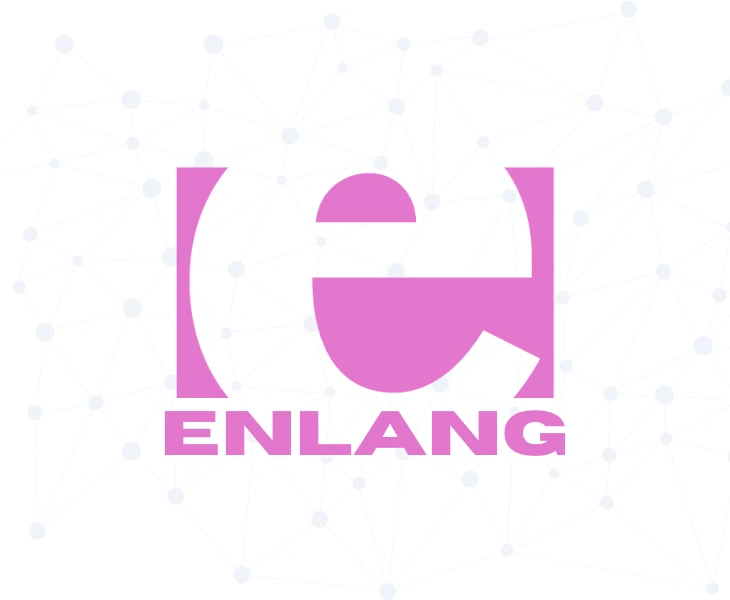
When it first came into existence in 1986, Erlang was supposed to be used to build massively scalable soft real-time systems with requirements on high availability.
It’s designed for concurrent systems and uses an actor-based model that creates fault-tolerant distributed applications. It’s the go-to language for real-time messaging services like WhatsApp, and other highly scalable web services.
What makes Erlang one of the hardest coding languages is, first and foremost, the lack of good learning materials available. Since the language hasn’t gained much traction over the years, not much has been put out to encourage remote programmers to learn it. There is no package manager or list of open source packages, the highly complex syntax is almost unreadable to a beginner, and Erlang doesn’t run on the JVM. So while it’s a very specialized language and offers high scalability for certain use cases, there is a general lack of support which makes the already-steep learning curve even more difficult to get over.
Objective C
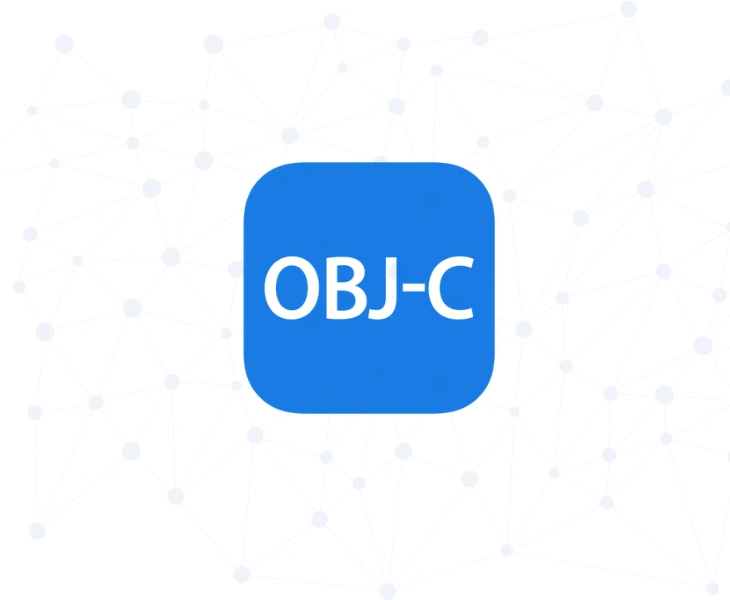
Objective C remains Apple’s frontrunner despite its complexities. It is the backbone for maintaining older macOS and iOS applications.
What makes Objective-C one of the hardest programming languages, is that its syntax is both complex and extensive. It relies heavily on the use of pointers, so debugging them is challenging for beginners who have no idea about low-level memory management. Objective-C also has the unique feature of dynamic runtime, so if runtime errors occur, even experts have difficulty debugging them. The memory management aspects themselves are also quite difficult to learn, which is what makes this language daunting to beginners.
F#
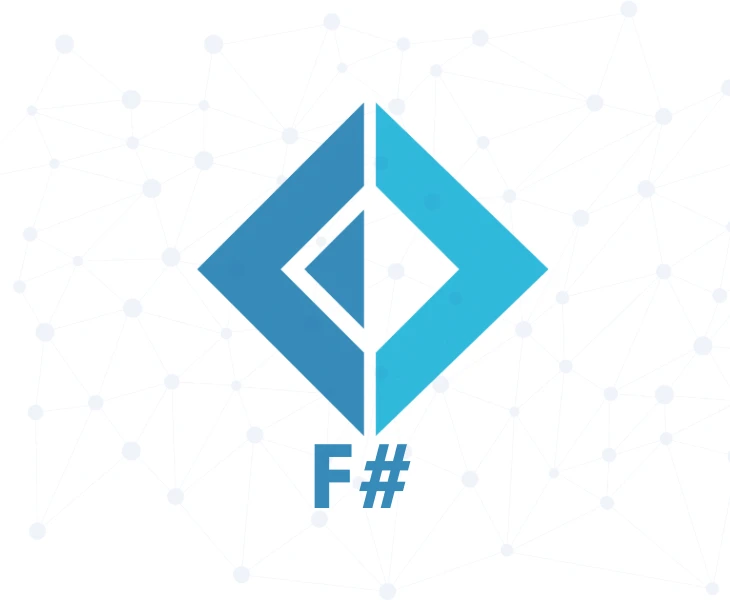
Called ‘F Sharp’ and not ‘F Hashtag’, F# is a functional-first language that brings strong typing, pattern matching, and immutability to the table.
It’s widely used in financial modeling, AI, data analytics, scientific computing and the works, but needs a shift in the programming mindset when it comes to learning this hardest coding language. That’s because it includes different higher-level concepts, not typically seen in other languages–like significant whitespace, function arguments, pipes and computation expressions.
Designed under the leadership of Microsoft, F# is considered one of the hardest programming languages if programmers are more used to C# syntax and imperative styles. It takes them quite a lot of time to get used to functional-first programming and F# syntax, but it’s worth it.
That’s because F# lets you write concise code to solve complex problems, plus it’s applicable to GPU code, big data, games, etc. Starting its journey in the world of finance, F# found its way into other industries because of its versatility. It’s essentially an upgrade from C# and includes additional features that makes it a key programming language for a lot of different companies.
However, a downside is that in Microsoft’s attempt to solve more complex problems with shorter coding, more abstract mathematical concepts like algebraic data types and pattern matching were thrown into the mix, making F# the most difficult programming language to learn with a background in other languages.
Ada

Ada stands out in the sense that it’s a niche language. It’s been around since the 1980s and was designed to be high-reliability software—meaning it has a whole lot of built-in safety mechanisms like range checking, contract-based programming, and exception handling. While beneficial to the limited range of industries where it’s in use (think aerospace, defense and avionics and medical devices), these features add to the language’s complexity and consequently, its steep learning curve.
Of the hardest programming languages, Ada has a smaller use base and a smaller amount of widely-available learning materials. The syntax itself is so rigid and wordy that even the simplest of codes take up a handful of lines. On top of that, even expert programmers sometimes struggle with the control over concurrency and real-time execution that Ada requires. And if that wasn’t enough, it uses a powerful type system, which prevents many common programming errors but makes the language less forgiving for beginners.
COBOL
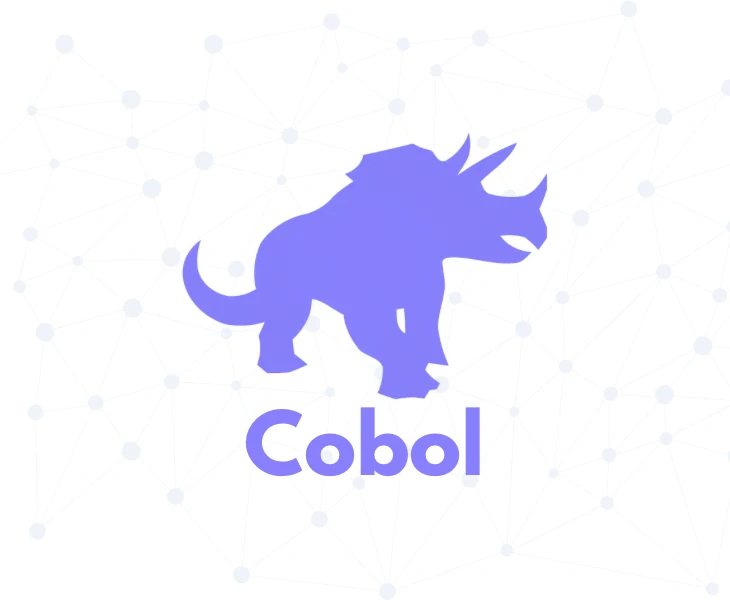
Another difficult programming language is COBOL. It was designed by Hopper primarily for business and financial applications instead of general-purpose programming. COBOL’s structure is all about data processing, so it’s difficult to learn for those more comfortable with object-oriented or functional programming concepts. COBOL also demands explicit handling of data structures and formatting which can be boring, error-prone and thus frustrating for learners.
When we talk about COBOL, the language itself is a standard but it’s closer to the hardware and OS than more modern languages. Getting proficient in it and learning the tricks and common patterns takes quite a long time for beginners. Learning specific environments is even more specialized. When answering ‘what is the hardest programming language?’ For beginners and those who rely on modern programming conveniences, it’s COBOL.
You can still find COBOL being used in the banking and government sectors because despite the challenges of learning it, COBOL remains crucial for legacy financial systems.
Scheme
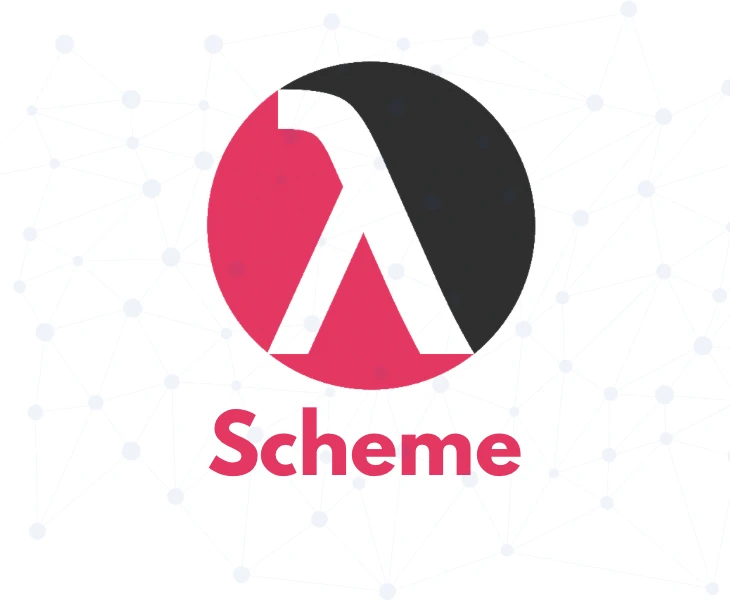
A dialect of LISP, Scheme is considered another hardest programming language because it’s built upon very different concepts: think recursion, higher-order functions, and immutability—these concepts are essentially difficult for programmers who are only used to imperative languages like C or Java.
Instead of using a mix of symbols and English words for its syntax like most of the other hardest coding languages, Scheme uses fewer words and terms—but here’s the catch: the terms that it does use (like cons, cdr, and lambda) are unfamiliar and therefore pretty challenging for learners.
Another factor that makes Scheme the hardest coding language is that it forces programmers to build up functionalities from scratch. It doesn’t have an extensive library of built-in functions like other languages, meaning it takes quite some time to both learn and master Scheme. Plus, mathematical concepts like lambda calculating and metaprogramming make it more abstract and a nightmare for learners.
Conclusion
Looking ahead, the future of programming may involve even more abstraction, with AI-assisted coding, natural language programming, and quantum computing languages shaping how we interact with machines. But no matter how far we go, one thing remains certain—there will always be languages that challenge, frustrate, and ultimately, reward those who dare to master them.
Frequently Asked Questions
Is C++ harder than Python?
Yes, C++ is harder to learn, but there are a few reasons for that. C++ has a more complex and intricate syntax, compared to Python’s purposely designed, readable syntax. C++ is also a low-level programming language–to master it you’ll need a thorough understanding of computer systems and manual memory management, but the end result is that you’ll have more power when using C++. Lastly, C++ puts your brain into overdrive: C++ uses procedural, object-oriented, and even generic programming in a way that can be very overwhelming for beginners.
What are the hardest coding languages to learn?
There’s no single answer to this because the hardest coding languages vary depending on you— whether you’re a novice learner or have a few different languages under your belt determines what you find hard to learn. That being said, Malbolge is like one big impossible code puzzle, Assembly forces you to gain deep hardware knowledge, and C++ challenges you with manual memory management. Prolog and Haskell shift traditional programming logic, while Rust enforces strict memory safety. Languages like LISP, Scala, and Ada also require specialized thinking. Despite their differences, all these languages demand significant effort.
What is the most difficult programming language in 2025?
The hardest programming language has to be Malbolge. That’s because it’s intentionally designed to be almost impossible to write in. It has complex features like self-altering code, an unintuitive syntax, and unfamiliar, obscure execution rules that are difficult for even the expert programmers among us. Due to this extreme difficulty and also the lack of any practical use for the language, Malbolge remains known more for its difficulty and complexity than for any real-world applications.



